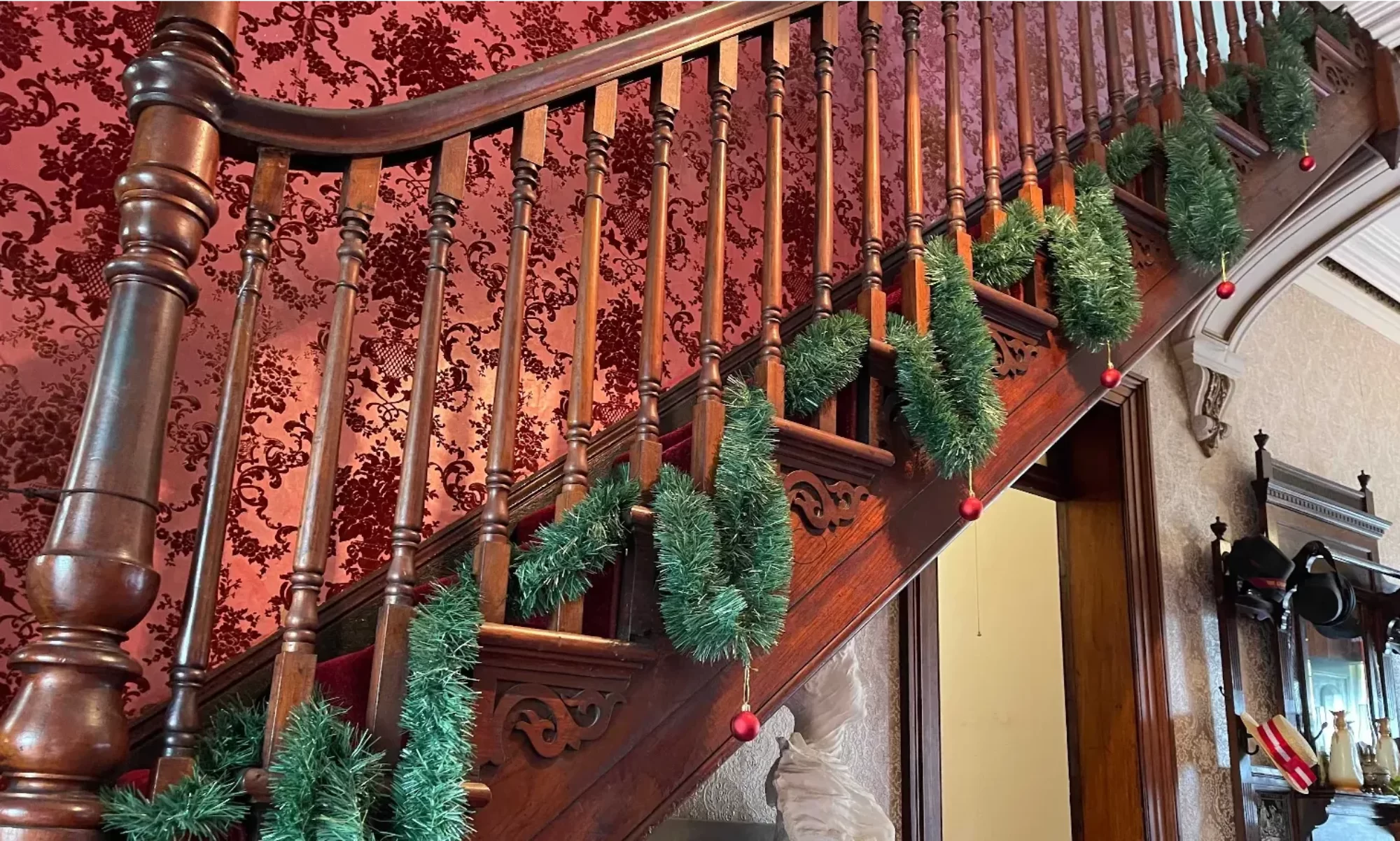Written & Illustrated by Gifford & Eileen Eardley The pleasant village of Cobbitty is sited amidst a surround of low grassed hill country, some four miles north of the older established settlement at Camden, which was in the possession of the Macarthur family (of sheep raising fame) as from 1804. It is understood that the …
Captain James Birnie
The following letter was received by the Secretary in April 1970: In the Bi-centenary issue of the Leader, reference is made to a whaling master Captain James Birnie who gave up the sea to settle in Sydney about 1890 and in the edition of March 18th mention is made of the whereabouts of his headstone. …
Brighton-Le-Sands: A Suburb Evolved From The Sandhills
The development of Brighton-le-Sands as one of Sydney’s first “model” suburbs was due, almost entirely, to the enterprise of one man. That man was Thomas Saywell. Nowhere in Sydney has the name of one man been so extensively associated with the progress of a particular area and yet, oddly enough, no trace of his name …
Continue reading “Brighton-Le-Sands: A Suburb Evolved From The Sandhills”
The Affairs Of James Wilson: An Early Settler Of Rockdale
by Gifford and Eileen Eardley Nestling against a background of scarlet-flowered coral-trees in West Botany Street, Rockdale, is the former home of James Wilson, a four-roomed single-storied building built of cut ashlar stone, which once had a shingled roof, and still retains its small separate kitchen at the rear. It is possible that this old …
Continue reading “The Affairs Of James Wilson: An Early Settler Of Rockdale”
Thomas Townshend, First Viscount Sydney: The man after whom our city was named
by Alderman R. W. Rathbone Thomas Townshend, 1st Viscount Sydney, came of an old and very distinguished Norfolk family who are still resident at the family seat, Raynham Hall, near the quaint Tudor market town of Fakenham. They first settled in the area in the early 15th Century and, with the exception of several years …
Continue reading “Thomas Townshend, First Viscount Sydney: The man after whom our city was named”

